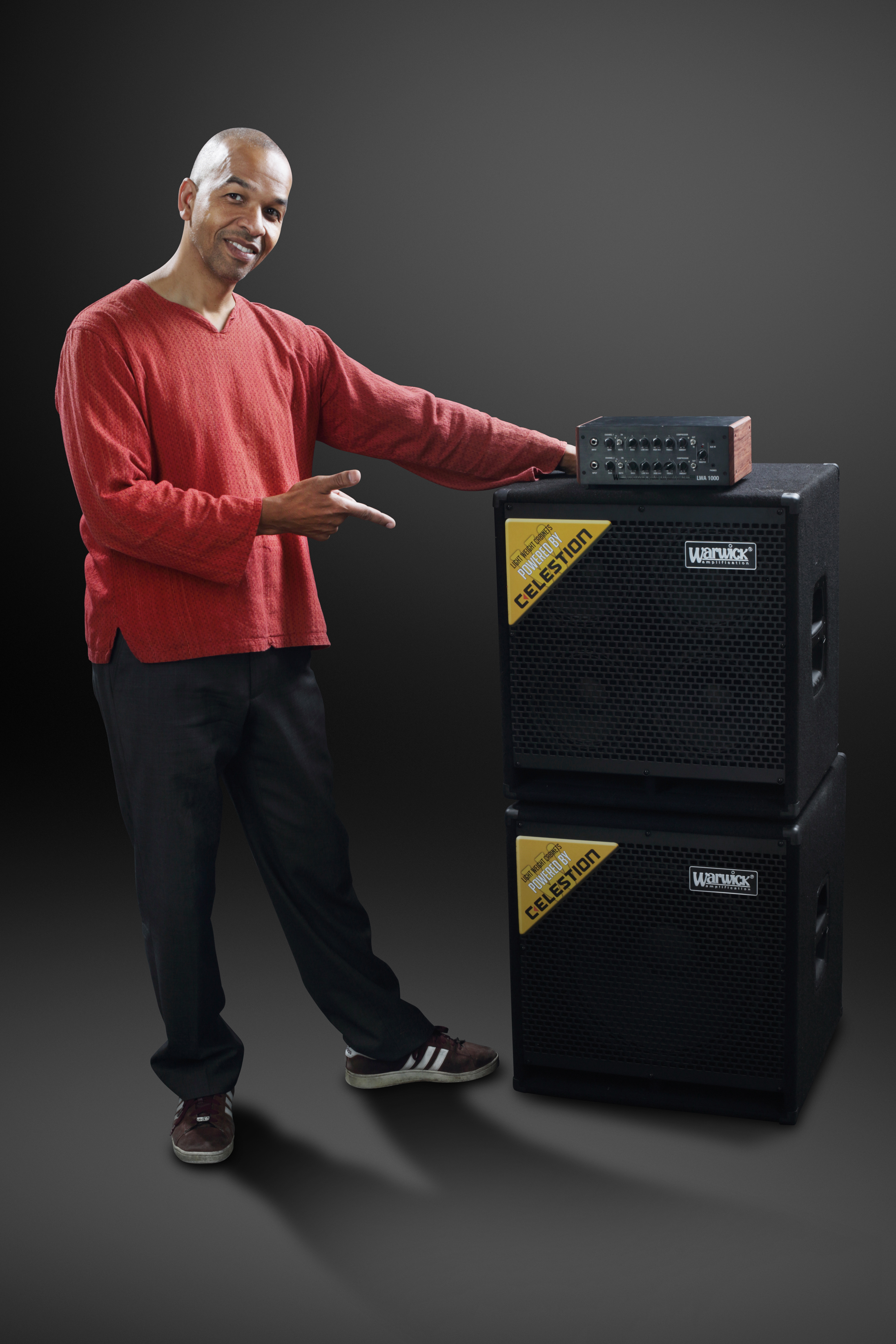MAKING OF Video: Thumb SC 5-String Fretless – Buckeye Burl Top #3288
From raw wood to finished instruments: In our MAKING OF videos we show the production of Warwick Masterbuilt basses at the Custom Shop in Markneukirchen / Germany.
Warwick Custom Shop Masterbuilt Thumb SC 5-String Fretless – Buckeye Burl Top #3288
With its Buckeye Burl* top, „Quarter Line” fingerboard markings with blue LEDs and the likewise blue LED „W-Logo” on the Buckeye Burl headstock, the Warwick Masterbuilt Thumb SC # 3288 is a majestic 5 string fretless bass manufactured at the Custom Shop in Markneukirchen. This masterpiece is equipped with “Neck-through” Flamed Maple Neck, Ekanga Veneer Stripes (9 laminations!), massive brass Warwick bridge with Fishman piezo system, and passive MEC Soapbar humbuckers (with serial, parallel and single-coil switching). The active Warwick 3-way electronics has a via USB cable rechargeable battery, without having to unscrew the noble wooden cover.
The body top is made of three-dimensional looking 1” Buckeye Burl* and the back of beautiful Figured Swamp Ash. These wonderful grains are intensively emphasized by a Natural Transparent High Polish Finish. Due to the very light Buckeye Burl* wood, this magnificent bass weighs only 4.8 kg.
On a closer look, you will recognize a kind of plate at the end of the fingerboard: The customer for whom this custom-made instrument is intended wanted a fretless bass, which offers the possibility to “slap” on the instrument, despite the absence of frets, without damaging the fingerboard.
Musically, this MAKING OF video is underlined by the Dutch Warwick endorser Robin Zielhorst (band: OneGodLess / solo artist), who kindly provided us with some of his artistically gloomy solo parts.
Please spread the following MAKING OF Video online:
For more information about the Warwick Custom Shop Masterbuilt Warwick Thumb SC #3288 Buckey Burl Top please visit:
*Buckeye Burl:
There are about 15 different species of Buckeye Burl in Europe, Asia, USA and Mexico. Buckeye Burl is extracted from the proliferating roots. The extraction of this wood is difficult because the root strands often contain stones and clods, which render saw blades useless.
You will rarely find root parts that are extensive and large enough for the construction of musical instruments. Usually, sapwood and heartwood have a yellowish to creamy white color. The characteristic bluish to black coloration, for example, of our Buckeye Burl tops is produced by bacteria which change the color of the wood after cutting the trees. After the incision and already during the drying, however, this process stops, so that not only the whole wood, but only certain areas discolor.



